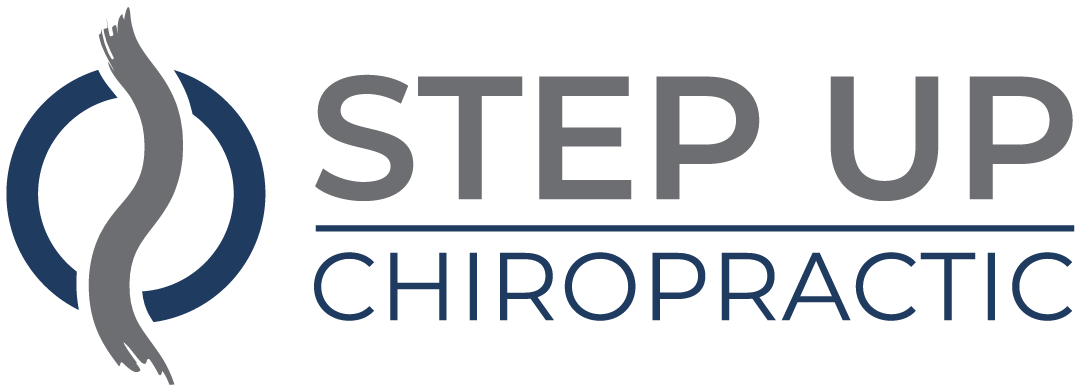If you're seeking effective ways to manage pain without relying solely on medication, exploring natural strategies might be beneficial. Techniques like mindfulness and dietary changes can transform your approach to discomfort, while regular exercise and herbal remedies offer additional support. You might find that acupuncture or acupressure can provide relief you hadn't considered before. Each of these methods not only targets pain but also enhances your overall well-being. Curious about how they work and which ones might suit you best? Let's take a closer look at these strategies.
Mindfulness and Meditation
Mindfulness and meditation can be powerful tools in managing pain. When you practice mindfulness, you focus on the present moment without judgment, allowing yourself to acknowledge and accept your pain rather than resist it. This shift in perspective can greatly decrease your perception of pain.
Meditation complements mindfulness by providing techniques that help calm your mind and body. By dedicating just a few minutes each day to meditation, you can train your brain to respond differently to discomfort. You might start with deep breathing exercises, focusing on inhaling and exhaling slowly. As your breath becomes rhythmic, visualize each breath washing away tension and discomfort.
You'll also find that guided meditations, available through various apps or online platforms, can enhance your experience. These resources often incorporate soothing sounds and gentle instructions to help you stay focused and relaxed. Experiment with different techniques to find what resonates with you, whether it's loving-kindness meditation or body scans.
Incorporating mindfulness into your daily routine can also yield benefits. Try to practice mindfulness during mundane activities, like eating or walking. By fully engaging in these moments, you'll cultivate a greater awareness of your body and its sensations, which can help you manage pain more effectively.
Dietary Adjustments
Making dietary adjustments can play a vital role in managing pain effectively. What you eat can directly influence inflammation and pain levels in your body. By focusing on an anti-inflammatory diet, you can help reduce the discomfort you're experiencing.
Start by incorporating more whole foods into your meals. Fresh fruits and vegetables, whole grains, lean proteins, and healthy fats should be your staples. Foods rich in omega-3 fatty acids, such as salmon, walnuts, and flaxseeds, can greatly decrease inflammation.
Additionally, colorful fruits and veggies like berries, spinach, and sweet potatoes are packed with antioxidants that help combat oxidative stress, which can worsen pain.
It's equally important to limit or avoid certain foods. Processed foods, refined sugars, and trans fats can trigger inflammation and exacerbate pain. Be cautious with excessive salt and alcohol, as they can lead to dehydration and increased discomfort.
Consider adding spices like turmeric and ginger to your meals. Both are renowned for their anti-inflammatory properties and can enhance flavor without adding calories.
Staying hydrated is vital too; drinking plenty of water helps maintain joint lubrication and overall health.
Lastly, keep a food diary to track what you eat and how it affects your pain. Identifying triggers can empower you to make informed choices.
Physical Activity and Exercise
Incorporating regular physical activity into your routine can greatly enhance pain management. When you engage in exercise, your body releases endorphins, which are natural painkillers. These endorphins help reduce discomfort and improve your overall mood, making it easier to cope with pain.
Whether you choose walking, swimming, or yoga, finding an activity you enjoy is key to staying motivated. Starting with gentle exercises can make a big difference. If you're new to physical activity, you might want to begin with low-impact exercises to avoid overexertion.
Activities like stretching, tai chi, or leisurely biking can help build your strength and flexibility without straining your body. Gradually increase the intensity as you become more comfortable.
Consistency is essential. Aim for at least 150 minutes of moderate aerobic activity each week, along with strength training on two or more days. This balanced approach not only helps manage pain but also promotes overall health.
It can improve your sleep, boost your energy levels, and enhance your emotional well-being. Listen to your body. If you experience increased pain or discomfort during or after exercise, consider modifying your routine.
Consulting with a healthcare professional or a physical therapist can provide personalized guidance tailored to your needs. Incorporating movement into your daily life can be a powerful tool for pain management.
You'll find that staying active not only alleviates pain but also enriches your quality of life. So, get moving and embrace the benefits of physical activity!
Herbal Remedies
Have you ever considered how herbal remedies might ease your pain? Many people have turned to nature for relief, finding that certain plants and herbs can provide a powerful alternative to conventional medications. You might be surprised at how effective these natural options can be.
Turmeric, for example, contains curcumin, a compound known for its anti-inflammatory properties. Adding turmeric to your diet or taking it as a supplement may help reduce joint pain and inflammation.
Another popular herb is ginger, which has been shown to alleviate muscle pain and soreness. You can enjoy it as a tea, in smoothies, or even in cooking.
Willow bark, often referred to as nature's aspirin, has been used for centuries to treat pain. It contains salicin, which converts to salicylic acid in your body, providing relief from headaches and back pain.
If you're looking for a soothing option, consider using chamomile. This gentle herb can calm your nervous system, helping to ease tension and discomfort.
You could also try peppermint oil, which is known for its cooling and analgesic effects. Applying diluted peppermint oil to sore muscles or headaches might give you the relief you're seeking.
Finally, consider incorporating essential oils like lavender and eucalyptus into your routine. They not only smell wonderful but can also help reduce pain and promote relaxation.
Acupuncture and Acupressure
While herbal remedies offer a natural approach to pain relief, acupuncture and acupressure provide additional methods that tap into the body's own healing capabilities. Both techniques come from traditional Chinese medicine and focus on the concept of energy flow, or "Qi." You can enhance your pain management journey by incorporating these practices into your routine.
Acupuncture involves the insertion of thin needles into specific points on your body. These points correspond to energy pathways, and by stimulating them, you may promote the release of endorphins, which are your body's natural painkillers. Many people report experiencing improved pain relief, reduced inflammation, and enhanced overall well-being after just a few sessions.
If you're anxious about needles, don't worry—acupuncturists are highly trained, ensuring a safe and comfortable experience.
On the other hand, acupressure uses finger pressure instead of needles to stimulate the same points. You can easily practice acupressure at home, making it a convenient option for immediate relief. By applying pressure to specific points, you can relieve tension, headaches, and muscle pain.
Both acupuncture and acupressure can be effective for various types of pain, including chronic pain conditions like arthritis and migraines. Consider trying these techniques alongside other natural remedies to discover what works best for you.
Conclusion
Incorporating these five natural strategies for pain management can truly transform your experience. By practicing mindfulness and meditation, adjusting your diet, staying active, using herbal remedies, and exploring acupuncture, you can effectively alleviate discomfort and enhance your overall well-being. These holistic approaches not only address pain but also empower you to take charge of your health. So why not start integrating these techniques into your daily routine and discover the positive impact they can have on your life?




